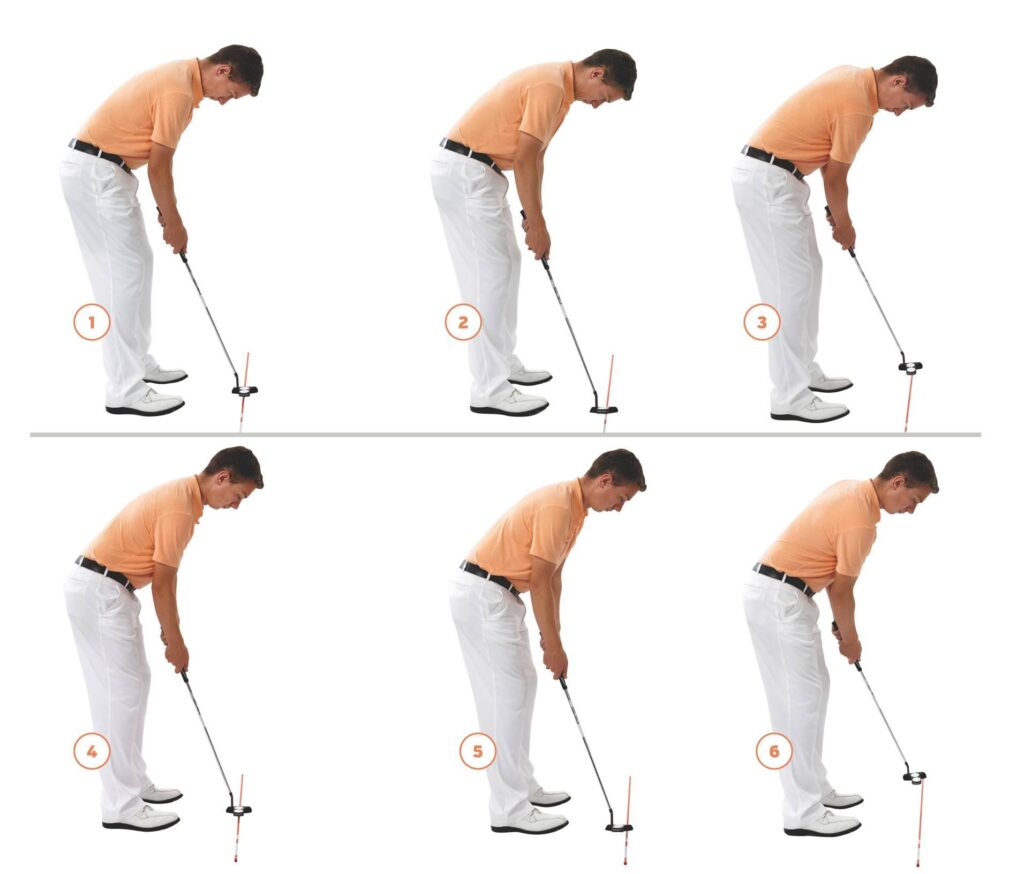Mastering a consistent putting stroke remains one of golf’s most sought-after achievements, often separating casual players from true competitors. As the final test of precision and composure on the greens, putting demands more than just skill-it requires a reliable technique that can be repeated under pressure. This article delves into practical strategies and expert insights on how to groove a consistent putting stroke, offering golfers at all levels a roadmap to improved accuracy and confidence when it matters most.
Mastering the Rhythm and Tempo Behind a Reliable Putting Stroke
Locking in a dependable putting stroke hinges on mastering the interplay between rhythm and tempo. The rhythm acts as the metronome, establishing a natural flow from start to finish, while the tempo dictates the speed and pace of the stroke. To ingrain this, golfers must cultivate a smooth, repeatable motion that syncs the backswing and follow-through seamlessly. The key lies in resisting the urge to accelerate through impact-maintaining consistent time intervals between each phase of the stroke ensures both accuracy and control.
Developing this harmony can be simplified through targeted practice techniques that emphasize body movement and timing. Focus on these essentials:
- Steady Backswing Duration: Ensure the backswing doesn’t rush-aim for a consistent count or visual cue.
- Even Follow-Through: Mirror the backswing length and pace on the follow-through to maintain balance.
- Controlled Acceleration: Keep clubhead speed steady, avoiding sudden bursts before ball contact.
| Rhythm Element | Ideal Timing | Effect on Stroke |
|---|---|---|
| Backswing | 1.5 seconds | Smooth buildup, sets pace |
| Impact Zone | Instantaneous | Solid, clean contact |
| Follow-Through | 1.5 seconds | Maintains momentum, balance |
Fine Tuning Your Grip and Alignment for Consistent Greens Performance
Mastering a reliable putting stroke starts with the subtle but critical adjustments to your grip and alignment. Your hands should work harmoniously, producing a neutral hold that neither overly tightens nor relaxes the club. This balance ensures fluidity in the stroke, fostering repeatability under pressure. Pay close attention to grip pressure, aiming for a tension that feels firm enough to control the putter but soft enough to promote a smooth pendulum motion. Experiment with slight variations-such as overlapping vs. interlocking fingers-to discover what encourages a natural wrist hinge and minimizes tension through the stroke.
Alignment is equally pivotal; it dictates the clubface’s path, directly influencing accuracy. To enhance consistency, incorporate alignment aids such as chalk lines or laser guides during practice sessions. Establishing a pre-putt routine that includes visualizing a clear target line can help lock in the correct setup. Below is a quick reference table illustrating common alignment flaws and remedial tips to keep your stance and shoulders square to the intended line.
| Alignment Issue | Symptoms | Correction |
|---|---|---|
| Open Shoulders | Push putts right | Square shoulders parallel to target line |
| Closed Shoulders | Pull putts left | Align shoulders slightly left of target |
| Ball Position too Forward | Inconsistent roll | Place ball just forward of center stance |
- Grip: Focus on even pressure across palms and fingers.
- Setup: Feet shoulder-width apart with weight balanced.
- Practice Tip: Use mirror drills to verify alignment consistency.
Closing Remarks
Mastering a consistent putting stroke remains a critical component for lowering scores and boosting confidence on the greens. By focusing on key elements such as grip, stance, tempo, and follow-through, golfers of all levels can develop a repeatable motion that enhances accuracy and distance control. Whether you’re a weekend enthusiast or a seasoned pro, integrating these techniques into regular practice sessions is essential for sustained improvement. As the game continues to evolve, one thing remains certain: a reliable putting stroke is a golfer’s best ally in the quest for better performance.








